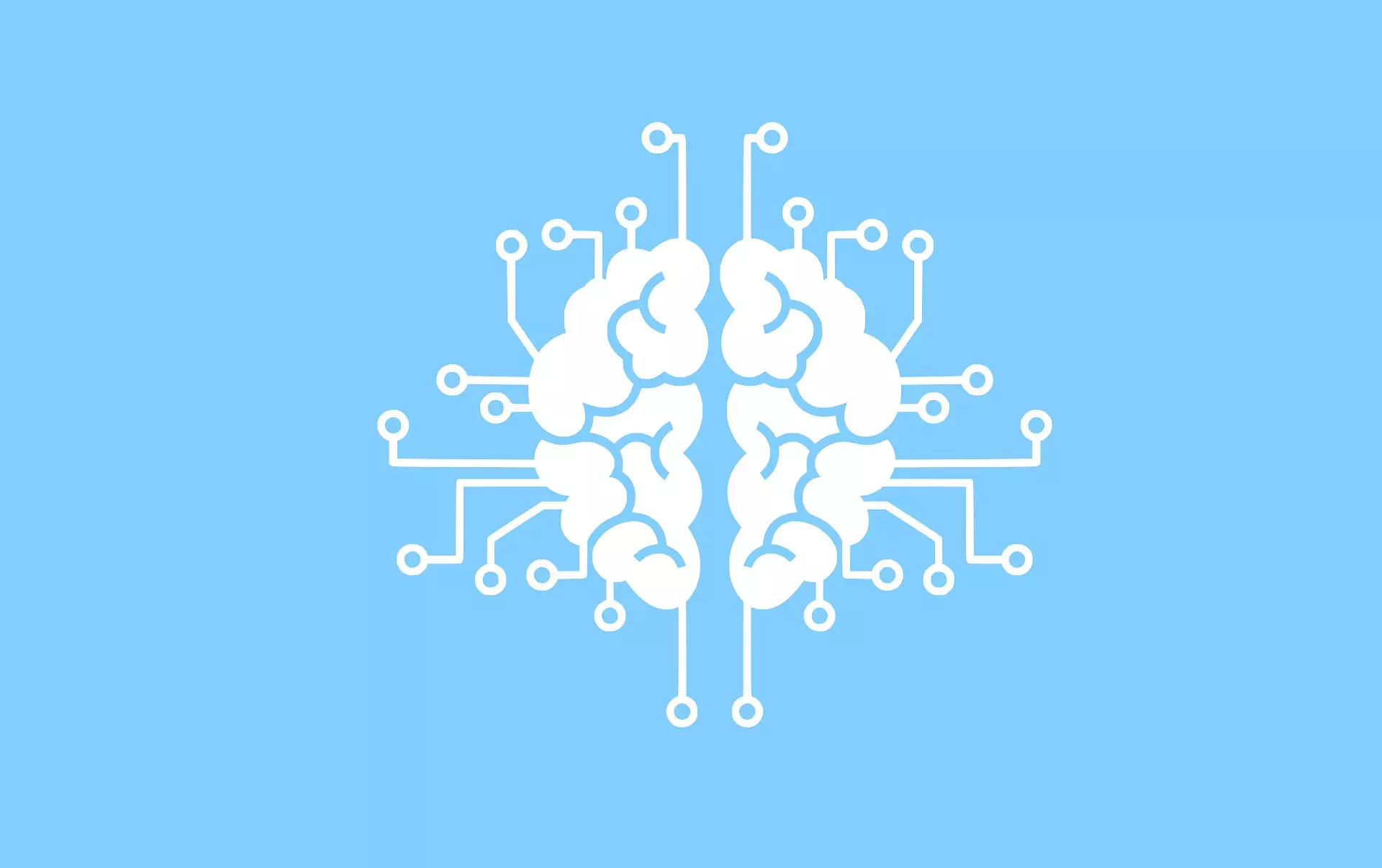Bipartite matching is a fundamental problem in computer science that involves pairing entities from two distinct groups, such as drivers and riders in a rideshare app. This matching process is essential for optimizing resources and maximizing efficiency in various real-world scenarios. From organ donor matching to ad placements, bipartite matching plays a crucial role in numerous applications.
Associate Professor Saket Navlakha from Cold Spring Harbor Laboratory has taken a unique approach to improving bipartite matching by drawing inspiration from biology. By studying the wiring of the nervous system, Navlakha observed a similar matching problem in the connections between neurons and muscle fibers. In early stages, multiple neurons target the same muscle fiber, but through a competitive process involving neurotransmitters, the most efficient pairings are established.
Navlakha devised a simple yet effective algorithm based on the competitive nature of neural connections. This algorithm mimics the biological process of competition and reallocation of resources to create optimal pairings between entities. Published in the Proceedings of the National Academy of Sciences, this neuroscience-inspired algorithm outperformed existing bipartite matching systems, providing near-optimal results and reducing the number of unmatched entities.
One of the key advantages of Navlakha’s algorithm is its ability to preserve privacy. Unlike traditional bipartite matching systems that rely on a central server for processing data, this algorithm allows for a distributed approach. This feature is particularly valuable in applications where data privacy is a concern, such as online auctions and donor organ matching. Additionally, the efficiency and accuracy of the algorithm can lead to shorter wait times for rideshare passengers and better resource allocation in various industries.
Navlakha’s groundbreaking work highlights the potential of integrating biological principles into computer science algorithms. By studying neural circuits, researchers can uncover innovative solutions to complex problems in fields such as artificial intelligence. The adaptability of this new algorithm opens up possibilities for a wide range of applications, encouraging further exploration and development in the realm of bipartite matching.
The fusion of biology and computer science has paved the way for significant advancements in bipartite matching algorithms. Navlakha’s research exemplifies how insights from nature can inspire novel approaches to solving intricate computational problems. As technology continues to evolve, interdisciplinary collaborations like this one will play a crucial role in shaping the future of AI and optimization algorithms.


Leave a Reply